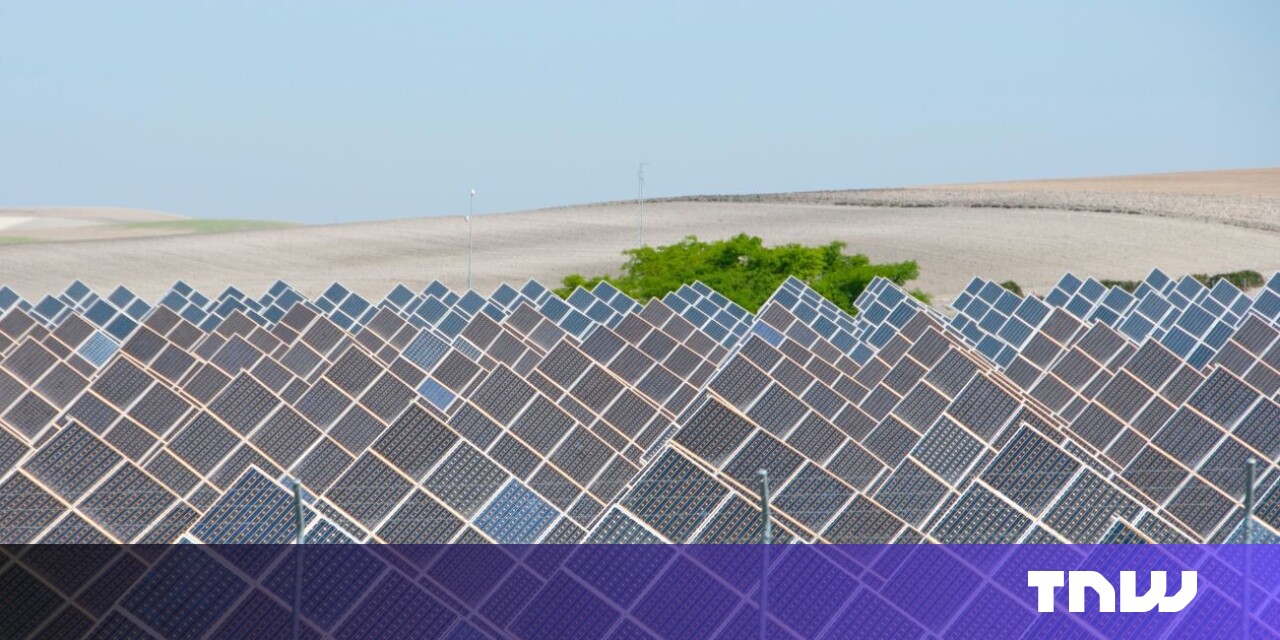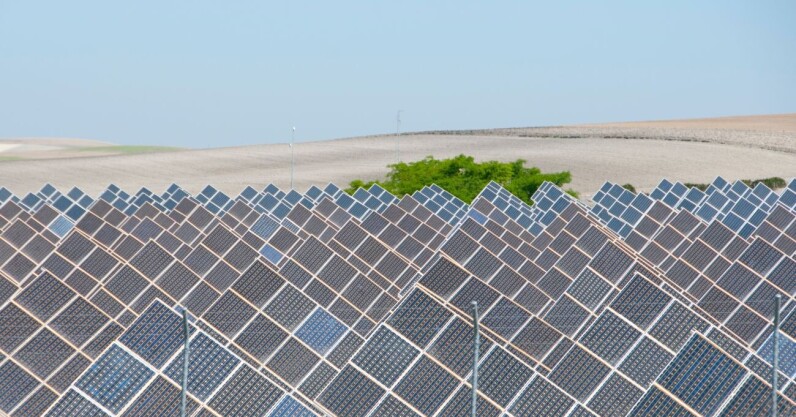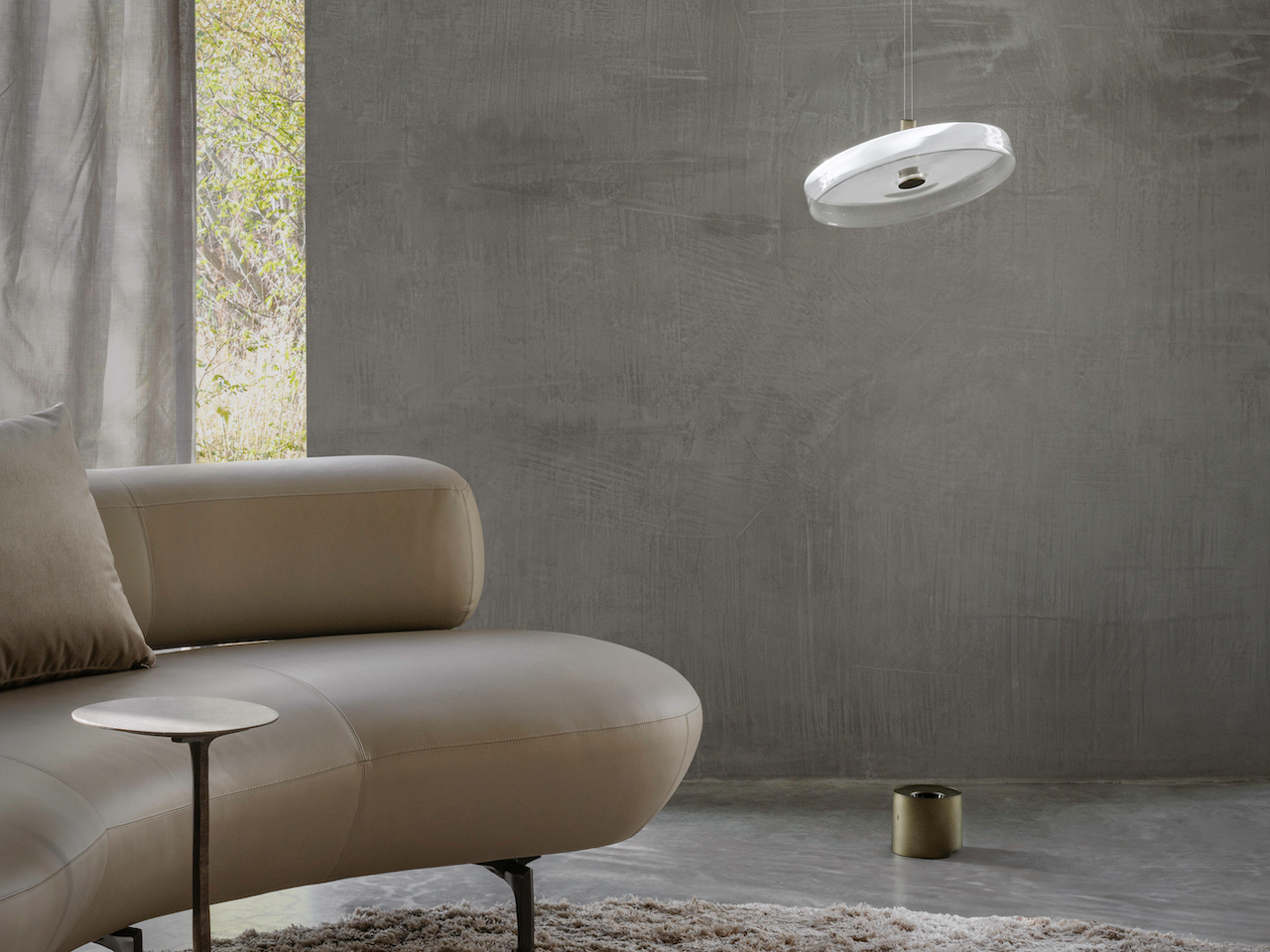Iberian blackout hints at green energy growing pains — not climate failure

Table of Contents

Spain and Portugal have largely restored power after Monday’s unprecedented blackout — the worst in recent European history.
The fallout has put the region’s reliance on renewables under fire. Santiago Abascal, leader of Spain’s far-right Vox party, even called on the country to abandon “climate fanaticism” in response to the power cut. Yet, experts stressed to TNW that the problem isn’t green energy, but the outdated grid infrastructure and technology it relies upon.
“What’s happened this week should serve as a stark reminder of the dangers of failing to invest in a more resilient energy grid,” Amsterdam-based Taco Engelaar, managing director at energy infrastructure firm Neara, told TNW.
Last year, Portugal and Spain sourced, respectively, 87.5% and 56% of their electricity from renewables such as wind, solar, and hydropower. The two countries have both, for short periods, run their grids entirely on green energy.
“The first thing to clarify is that this is not a net-zero issue,” Chris Glover, utilities and energy director at British engineering consultancy Buro Happold, told TNW. “The issue here is managing supply and demand.”
European tech superstars: Hear from Datasnipper, Hugging Face, Philips & many more
Join 1000s of founders, investors and innovation champions at TNW Conference on June 19 & 20.
Outpacing the grid?
While wind and solar generate clean, cheap electricity, they don’t produce power in a steady stream — they rise and fall with the weather. However, grids in Europe were largely built for more predictable sources of energy like coal, gas, or nuclear plants.
Without that stabilising force, or the addition of alternatives like battery storage systems, the grid becomes more vulnerable to surges in electricity demand or supply. As we’ve seen this week, on rare occasions, that can overwhelm the system, causing it to crash, taking homes, businesses, and critical services offline.
The growing mismatch between the grid’s design and its new energy mix is now playing out. As the Iberian nations have surged ahead in the race to adopt renewables, they may have become victims of their own momentum.
But that’s no reason to hit the brakes on the energy transition, said Glover. Instead, he suggests they double down on energy storage, grid balancing tech, and infrastructure upgrades to support a more resilient system.
‘Starved of flexibility’
Spain and Portugal are not the first to face this challenge. A major blackout in 2016 left 850,000 South Australians without power. Critics, including Australia’s prime minister Malcolm Turnbull, pointed to the state’s ambitious shift to renewables. But rather than retreat, South Australia leaned in, investing in big batteries, so-called synchronous compressors (which mimic the stabilising “inertia” of fossil fuel-powered turbines), and even more wind and solar. Last year, the state sourced 75% of its electricity from renewables and hasn’t had another blackout since. The IEA has called its progress “remarkable.”
Alex Schoch, head of flexibility at Octopus Energy, believes Spain could take a cue from South Australia’s success. While the latter’s blackout was caused by a storm, “both countries’ grids lacked the proper tools to recover from sudden shocks,” he wrote on LinkedIn. He called Spain’s power system one “starved of flexibility.”
Before the blackout, Spain’s grid was running on nearly 80% wind and solar — a huge achievement for clean energy, but also a challenge for stability. There was very little electricity coming from steady sources like gas or nuclear, which help keep the grid balanced. On top of that, Spain has almost no large-scale battery storage to step in when solar or wind drops unexpectedly.
Experts believe these factors played a key role in Monday’s sweeping blackout. The disruption has been traced back to two separate grid disconnections in the southwest of the country — the heart of Spain’s solar energy production. With so little backup power in place, the system may have struggled to respond to these disruptions fast enough, leading to cascading failures across the network.
When part of Spain’s power supply suddenly dropped, the grid should have quickly reduced demand to keep everything in balance — for example, by using batteries or other backup systems to smooth things out, Glover explained. “No such steps appear to have been taken,” he said.
When power generation drops, countries can often import electricity from neighbours. However, Spain and Portugal are mostly cut off, with just a weak link to France through the Pyrenees mountains. That makes them more vulnerable during outages.
Although the exact cause of the blackout is still under investigation, the disruption — which saw Spain’s grid lose 15GW of energy in just five seconds — has raised serious doubts about the region’s energy infrastructure. It could also serve as a stark warning for other countries.
Electrification conundrum
As more electric vehicles plug in, heat pumps replace gas boilers, and factories switch to electric power, Europe’s ageing grids are increasingly feeling the strain. Between 2020 and 2050, electricity demand is set to jump 80%. Yet much of the infrastructure carrying that load was built decades ago. To meet climate targets, annual global grid investment needs to nearly double to $600bn by 2030, according to the International Energy Agency (IEA).
Engelaar believes new technologies could help. “Digital modelling can give [energy] utilities granular insights into every inch of their networks, as well as allowing them to stress-test their assets against potential threats and pinpoint vulnerabilities before it’s too late.” Another software solution is demand response, which automatically adjusts electricity use in real time.
Jacob Bro, partner at climate tech VC firm 2150, also highlights the power of decentralised energy solutions. These include rooftop panels, home batteries, and local wind farms, which generate electricity closer to where it’s used.
“Closer to our homes and offices, at the edge of the grid, we need to deploy flexible capacity, and we need smarter grids and greater transparency,” he told TNW.
Overall, what emerges is a complex picture of rapid progress outpacing preparation. The blackout wasn’t a failure of renewables — it was a failure to keep up with them. If Europe wants a cleaner future, its grids need to catch up fast.
“Investing in net-zero infrastructure is a core part of the solution, not the problem,” said Glover.
If you liked the article, do not forget to share it with your friends. Follow us on Google News too, click on the star and choose us from your favorites.
If you want to read more like this article, you can visit our Technology category.



